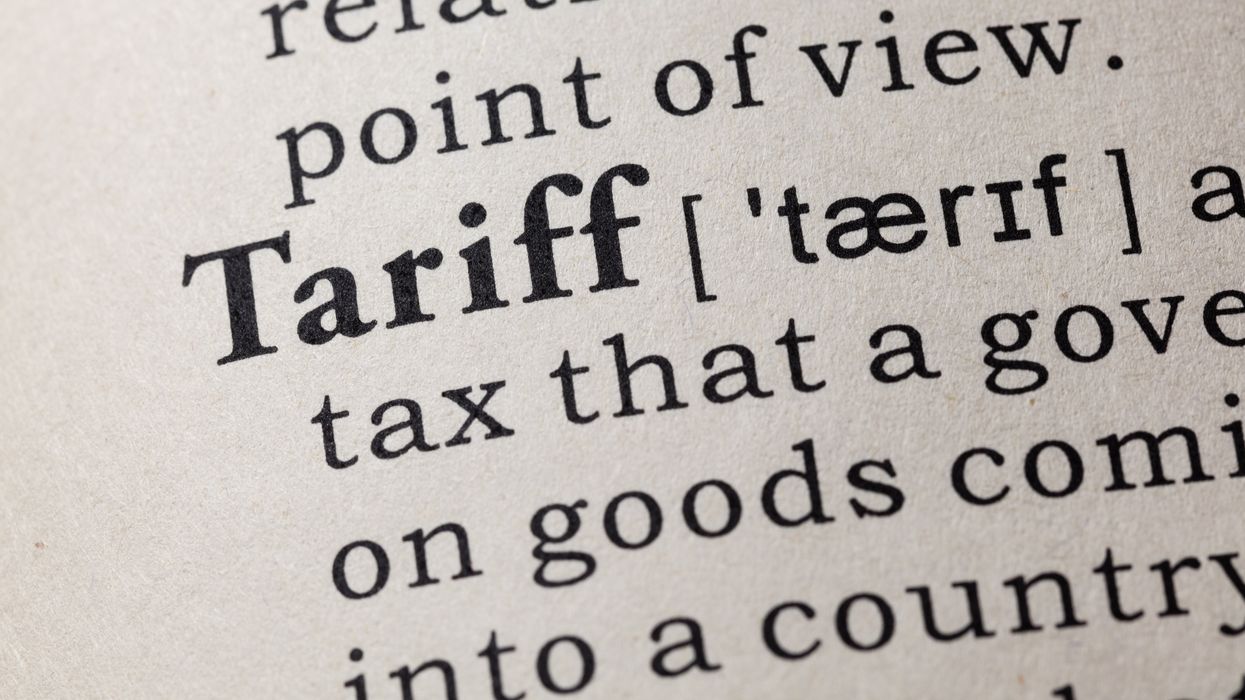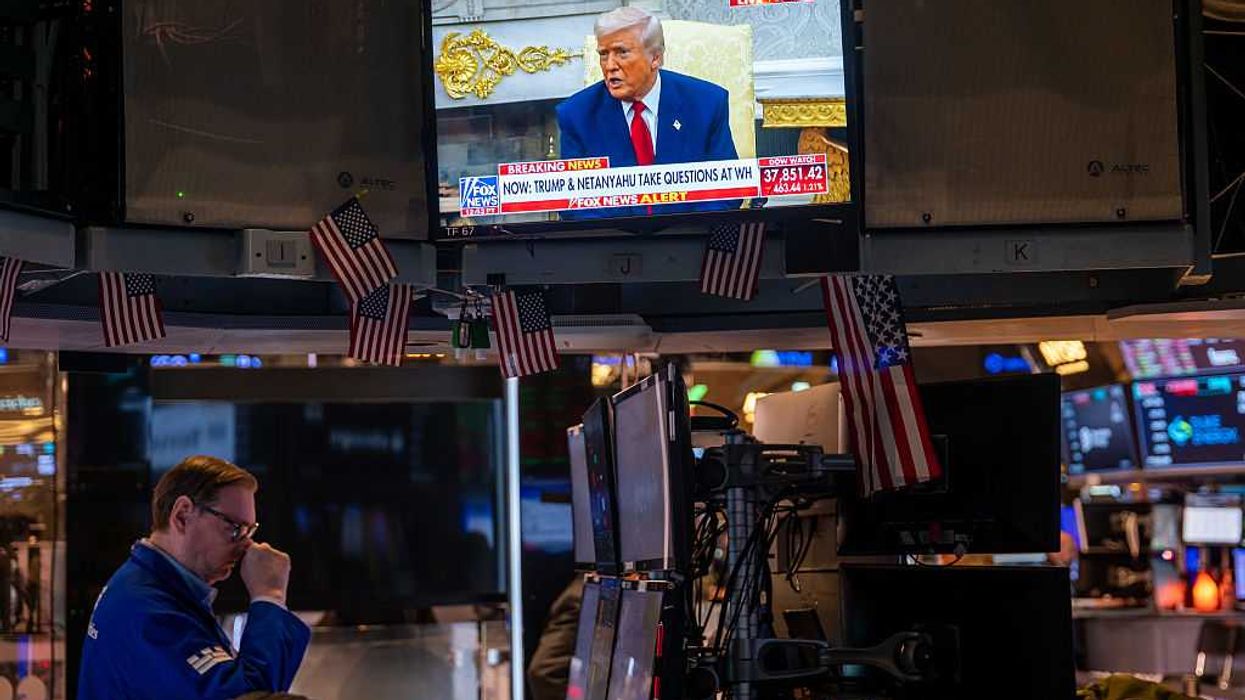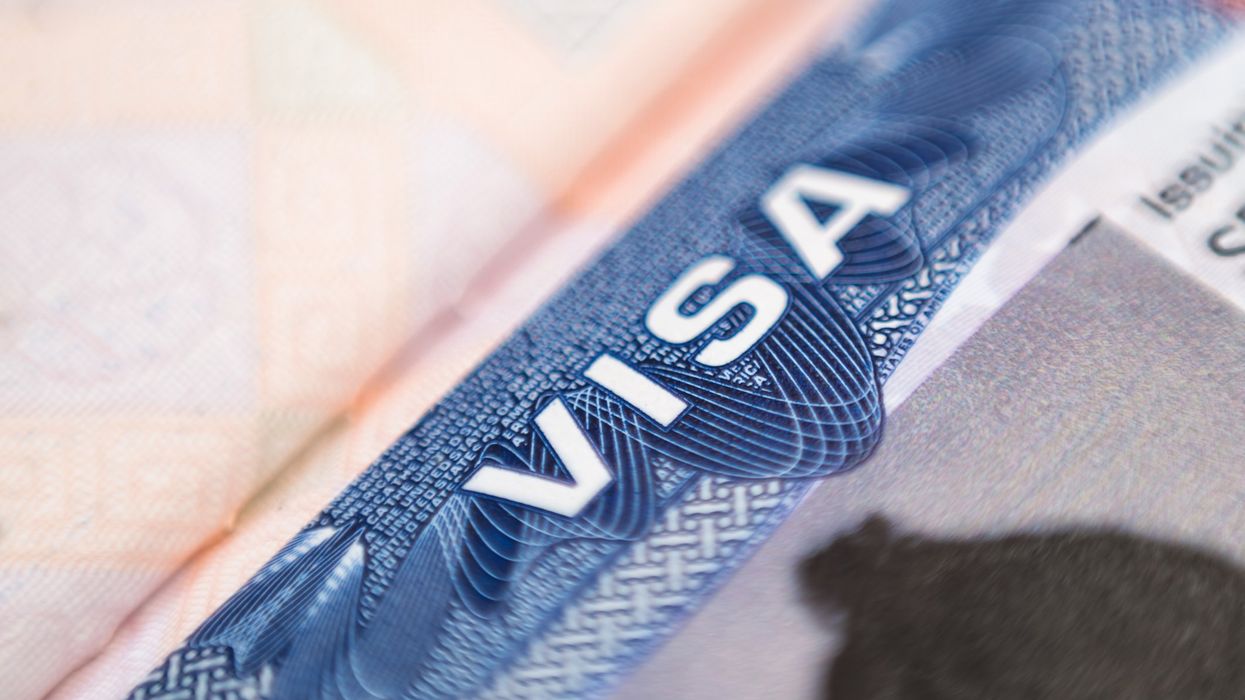The first few weeks of the Trump administration have been head-spinning. President Trump and his team were well-prepared to launch their policy agenda, signing over 50 executive orders, the most in a president's first month in more than 40 years. A major focus has been economic policy, first with immigration raids, which were quickly followed by announcements of tariffs on imports from America’s biggest trade partners.
The tariff announcements have followed a meandering and confusing course. President Trump announced the first tariffs on February 1, but within 24 hours, he suspended the tariffs on Mexico and Canada in favor of “negotiations.” Mexico and Canada agreed to enforce their borders better to stop migrants and fentanyl imports, which the Trump administration called a victory. Despite the triumphalist rhetoric, the enforcement measures were substantially the same as what both countries were already planning to do.
Then, on February 10, the president announced new tariffs on steel and aluminum, and this time added the European Union, Brazil, and other countries to the list with Mexico, Canada, and China. Like the boy who cried wolf, it’s hard for the world to know if Trump will stick, withdraw, or add to these new tariffs.
Looking deeper, it seems clear that the tariffs are used more as political theater than an actual new economic policy. For example, in the case of Canada, less than 2% of fentanyl imports come from our northern neighbor. In fact, Canada imports almost as much fentanyl from the United States as the US imports from Canada. And the vast majority of people smuggling fentanyl into the US are native-born Americans, not immigrants.
So, is Trump's strategy to use tariffs to keep the targeted countries in a state of perpetual uncertainty? Perplexingly, Trump and his key trade advisors are no longer talking much about two of his original rationales for tariffs, namely to revive US manufacturing and provide revenue to the US government.
Indeed, Scott Bessent, Trump’s Secretary of the Treasury, has argued that tariffs could be “a useful tool for achieving the president’s foreign policy objectives,” not economic goals.
However, at this rate, the Trump policy may amount to little more than a one-time instrument of coercion and possibly have a limited impact. Once you use it, the targeted country will not only retaliate with tariffs against the US but also look for other markets and trading partners for its businesses and goods.
Not surprisingly, even some US business leaders have begun to complain that navigating the on-again-off-again tariffs is making it more challenging to run their own businesses.
Trumponomics = the new mercantilism?
While the Trump tariff policy so far looks unfocused and fairly ineffective, it would be a mistake to think it is not impacting. Amidst the roller coaster uncertainty, another more subtle economic shock is occurring that could deeply impact global commerce.
That’s because the mere threat of tariffs is a direct repudiation of the free-trade policies that have guided the bipartisan “Washington consensus” for over 30 years, ever since US President Bill Clinton signed the North American Free Trade Agreement (NAFTA) in December 1993. The Washington consensus has guided Democrats and Republicans in the global economic policy of the EU, Japan, China, Brazil, India, and more moderate-sized nations.
Now, each of the targeted nations must decide whether to retaliate by slapping their tariffs on the US and launching a trade war in which each country will seek other aligned nations to foster more closely integrated networks and supply chains.
So Trump’s “I’ll blow your house down” threats of tariffs could dramatically impact global economic policy, and not necessarily for the better. This could well return global trade to the mercantilist days of the late 19th and early 20th centuries, in which the global rules were more chaotic and transactional. If the US and other governments follow through with harder-hitting tariffs, that may launch a new era of trade protectionism that the world has not seen since World War II.
Historically, tariffs were usually deployed to protect certain key industries from foreign competitors — for example, a surge of imported tires from China that hurt US tire makers or Richard Nixon promising Japan he would return Okinawa, which hosted several US military bases, but only if Japan sent fewer textiles to the US.
Trump's approach is a clear departure since he threatens to deploy tariffs to strongarm concessions over an expanding range of issues, whether immigration, fentanyl, or even territorial expansion, such as in Greenland, Panama, or Canada.
This has already prompted China’s Ministry of Commerce to protest that the Trump administration’s tariffs “seriously undermine the rules-based multilateral trading system, damage the foundation of economic and trade cooperation…and disrupt the stability of global industry supply chains.” So, in an odd twist, the Trump administration has allowed China’s authoritarian government to position itself as the reasonable voice of trade balance and fairness, an advocate for the nations targeted by Trump.
At this rate, other countries may come to believe the US is an unreliable trading partner. However, it is still early in Trump’s term, and the future is difficult to predict. A reasonable alternative policy would be to levy limited tariffs to incentivize specific trading partnerships.
But even that is a double-edged sword, with some trade experts calling tariffs a “fruit and vegetable tax” as it could increase prices for many grocery items since Mexico is Americans’ source for 69% of fresh vegetables and 51% of fresh fruit. Canada provides $125 billion in crude oil and petroleum products. The EU provides pharmaceuticals, machinery, and autos, and China ships consumer electronics, autos, plastics, and much much more.
In the end, Trump’s tariff threats may backfire if $15 eggs appear on grocery store shelves before the midterm elections. High prices defeated the last president, and they could well defeat this one, too.
Steven Hill was policy director for the Center for Humane Technology, co-founder of FairVote and political reform director at New America. You can reach him on X @StevenHill1776.



















